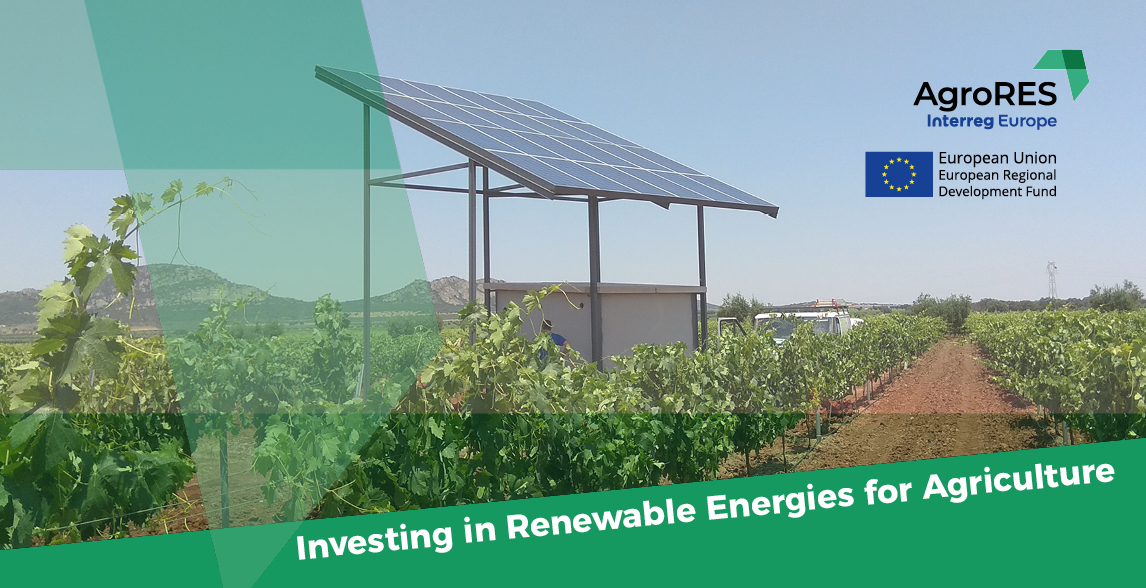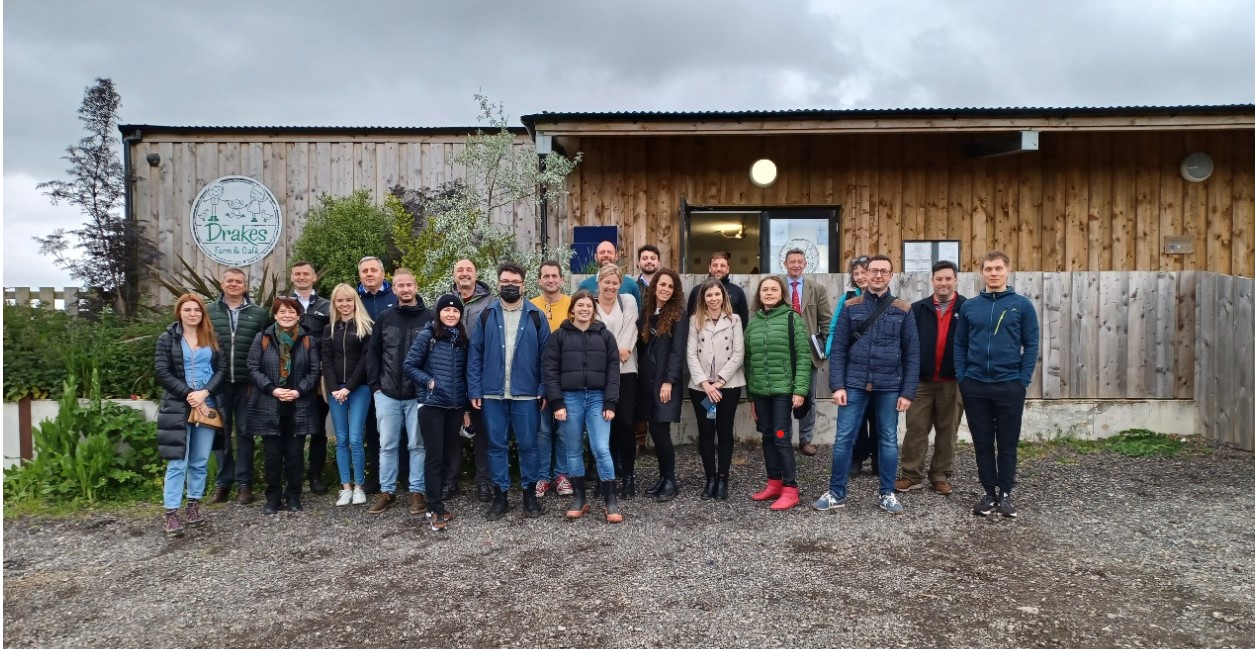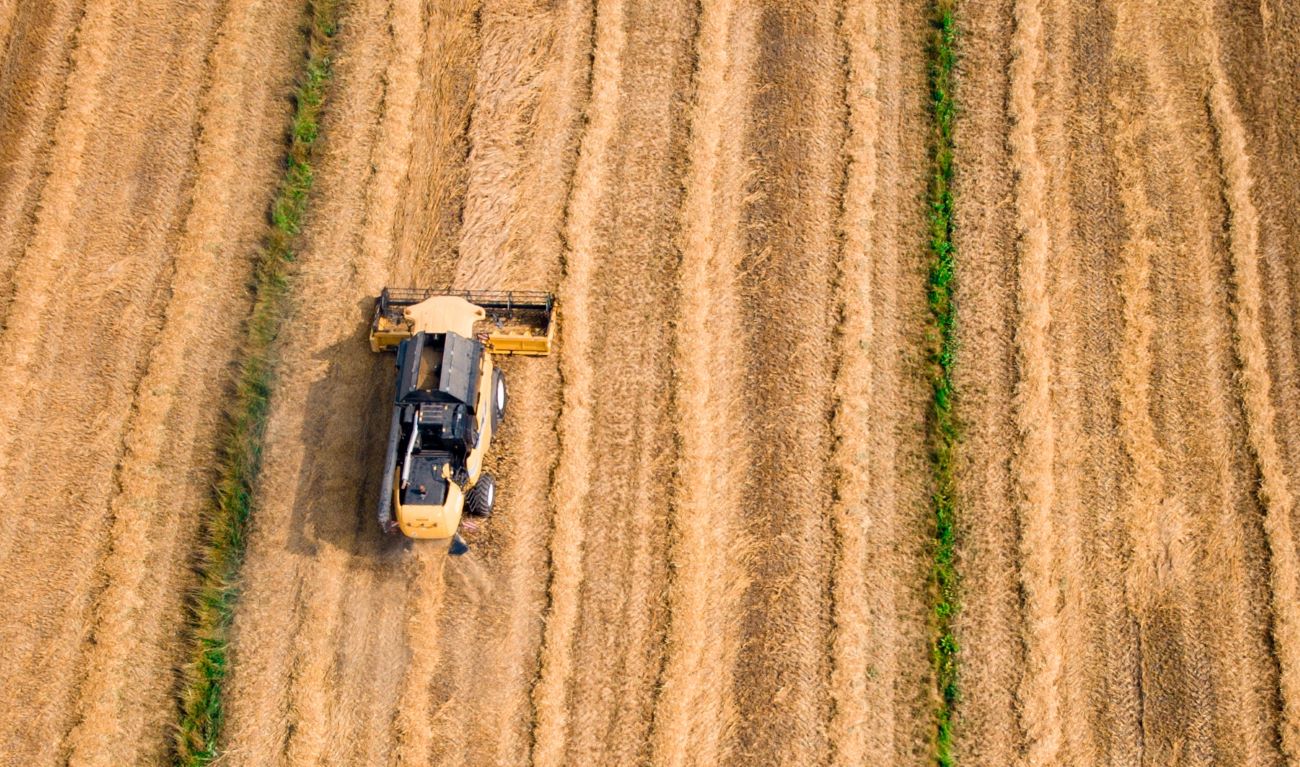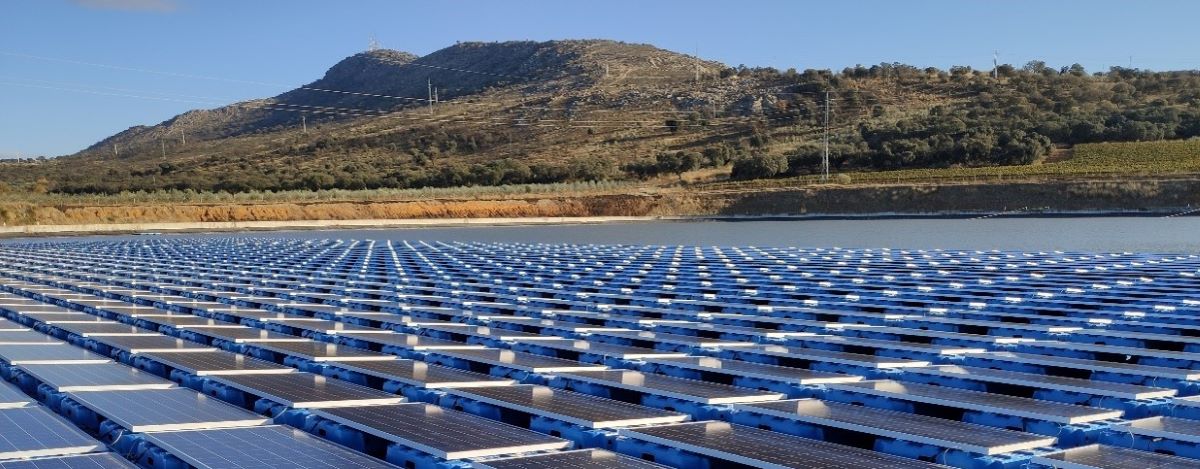According to data from the Greenhouse Gas Emissions Inventory for the period 2015-2018.
The main pollution-emitting sectors in Extremadura, Spain, are the transport sector and livestock farming. In total, they produce 54% of emissions, according to data from the Inventory of Greenhouse Gas Emissions corresponding to the period 2015-2018, presented recently by the general director of Sustainability, Jesús Moreno, to the members of the Extremadura Climate Change Observatory.
The report has been presented during the first meeting of the Climate Change Observatory held after the Covid-19 pandemic, and in which the Regional Ministry for the Ecological Transition and Sustainability, Olga García, presented the draft of the Regional Energy and Climate Plan (PEIEC) 2021-2030, as a key tool for the region's fight against the climate crisis. García summarized the objectives in making Extremadura a climate-neutral region by 2030. In that year, one hundred percent of Extremadura's energy production should be of renewable origin.
AgroRES project is supporting this and is working on improving policies in the primary sector to make this goal possible.
The general director of Sustainability, Jesús Moreno, presented and analyzed the Inventory of Greenhouse Gas emissions for the period 2015-2018, highlighting a slight increase linked to the increase in economic activity in this period.
Moreno pointed out that regional emissions in the 2015-2018 period represent a small percentage of national emissions, between 2.5% and 3%.
Regarding the structure of emissions by types, there is a notable difference between regional and national results. In Extremadura, there is greater relative contribution of methane (CH4) and nitrous dioxide (N2O), altogether 51% of total emissions. This is the result of the region's agricultural sector. At a national level, carbon dioxide (CO2) accounts for 78% of total emissions in Spain.
Source: Energía de Extremadura











